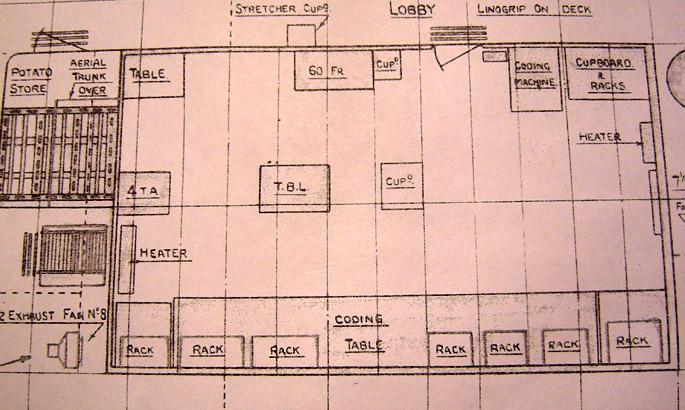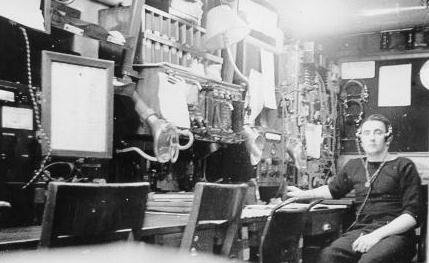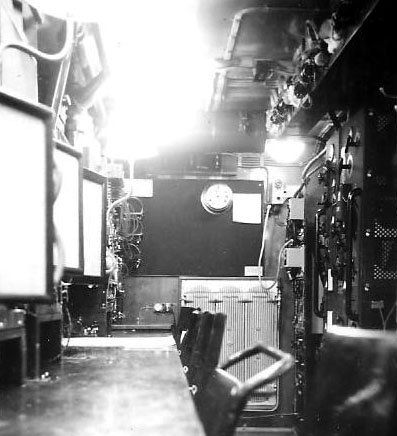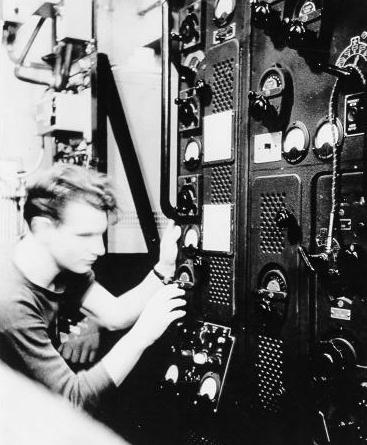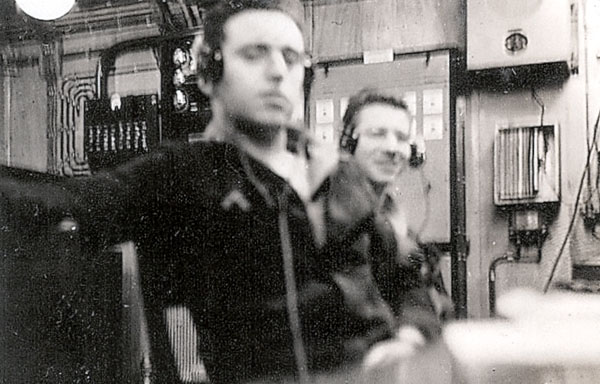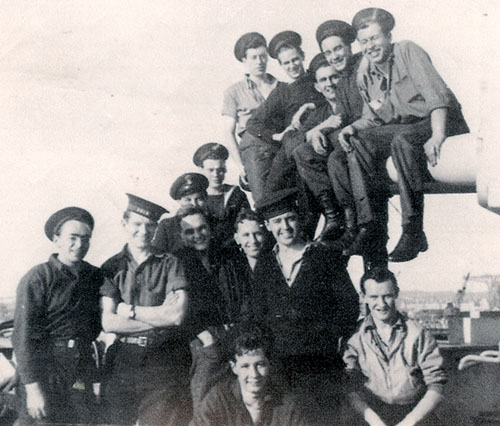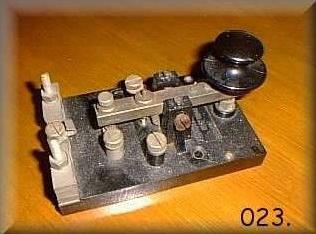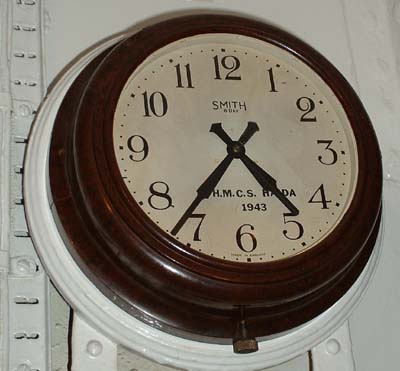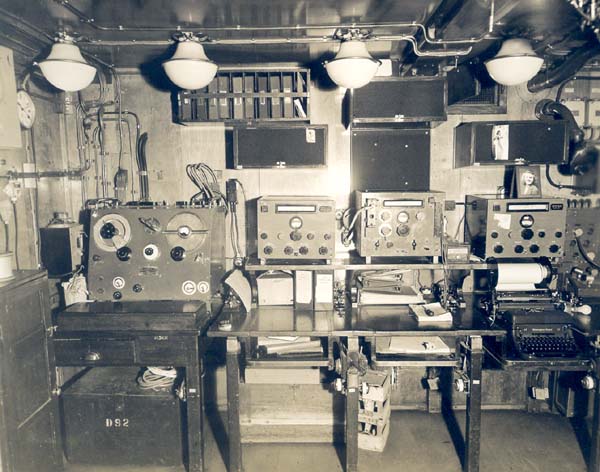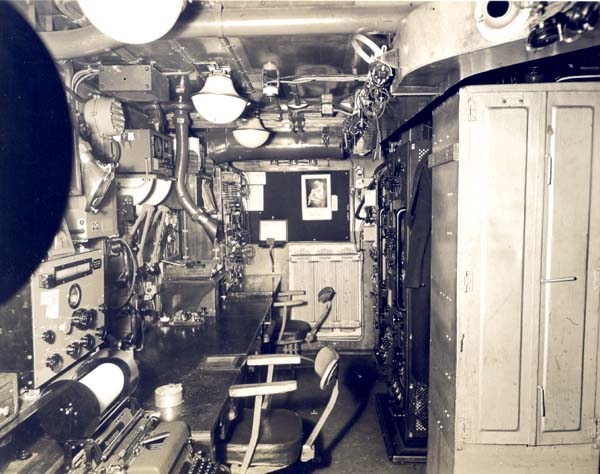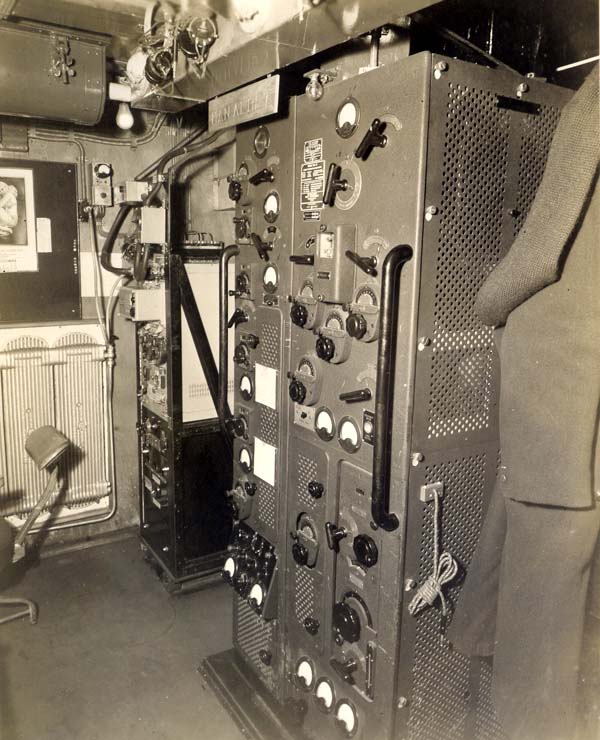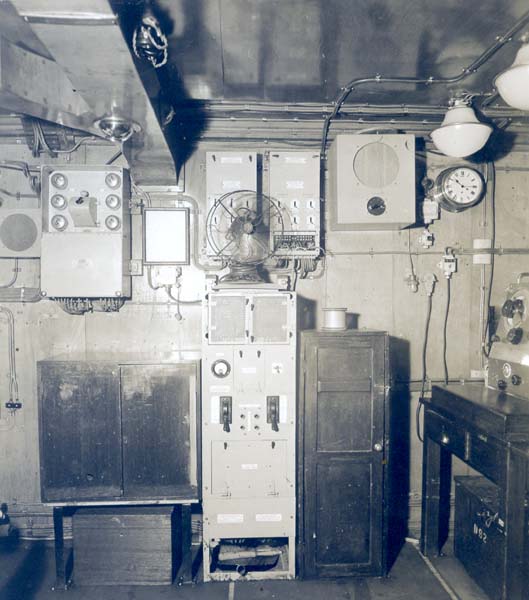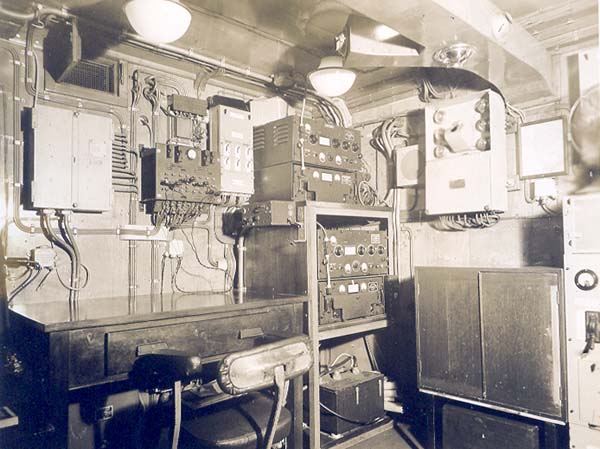| BUZZER OSCILLATOR
According to manual BR-222, buzzer oscillators were introduced into
RN ships for internal signal communications. They were available in four
different variants:
1) Signal Communication Buzzer outfits (vibrating buzzers)
2) Signal Communication Buzzer Outfits (vacuum tube buzzers)
3) Instructional Buzzer Outfits.
4) Remote control circuits.
With the availability of voice pipes and sound powered telephones, it
is puzzling to figure out why Morse would be used for internal communication.
Harold Dixon, one of HAIDA’s WWII Sparkers, indicates the A/P 2207
buzzer was used to maintain code proficiency.
This is is seconded by Fred Jones who served in the RN. He recalls.
"In 1946 I spent a few weeks aboard HMS Tartar ,built by Swan, Hunter at
Wallsend-on-Tyne. She was moored in the Devonport Naval Docks. The Wireless
Office had a buzzer type oscillator and also a vacuum-tube type. They were
used by the P.O. Tel., or Leading Tel., for improving the Morse capabilities
of the junior ratings, when there wasn't a lot of signals traffic.
Connected to a pair of headphones, they could be used in a quiet corner
of the Office, since phones were used for all receiver outputs.
Very rarely were the loudspeakers used. I myself used this facility
to get my Morse up to 18 wpm from 12 wpm, listening in on a spare set of
phones.! The buzzers were never used for communication purposes, only training".
Harold also goes on to describe Morse proficiency exercises. "We always
did a little CW practice when in port in order to check the on the ability
of the junior Telegraphist. Our transmitters were turned down to the lowest
power setting - about 10 watts. The practice consisted of clear text of
some sort usually about twenty lines long. This was followed by 5 letter
groups then repeated using numbers. When all messages were copied, the
Telegraphist would then send them back and from that, the Sparker was rated.
The exercises were usually sent at twelve words per minute". |
